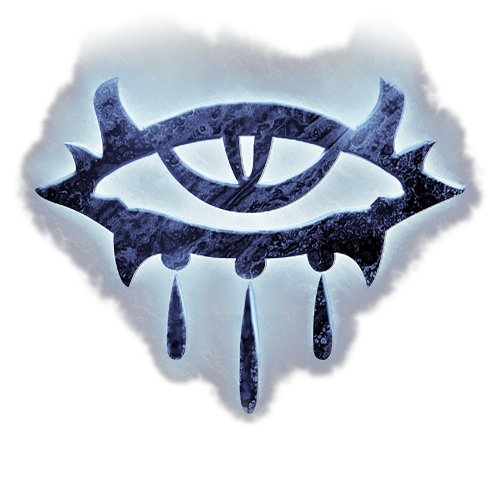The following is from The Sword Coast, a book within the game Neverwinter Nights.
Between Waterdeep and the Spine of the World lies a wedge-shaped piece of land along the coast of the Sea of Swords, roughly seven hundred miles north to south and almost two hundred miles across at its widest. At the western tip of the Spine of the World is Icewind Dale, the northernmost settled land in this part of Faerûn. The Long Road stretching from Waterdeep to Mirabar defines the eastern extent of the Sword Coast North.
The Sword Coast was the first part of the North to be inhabited by civilized people. Most of its area is covered in gently rolling grasslands, and herders and farmers found and easy living here. Sometimes the land touches the Sea of Swords in a pebble beach, but it more often meets the water in a series of sea caves, broken rock spits, and low cliffs marked by pillars of rock severed by the tireless waves. This terrain lends itself to smuggling, but it also forces ships that navigate close to the shore to be small and of shallow draft, and therefore they are vulnerable to the driving onshore storms that often pound this area.
Wooded hills and forbidding mountains bound the region to the east, and beyond this barrier is the expanse of the Dessarin River system.
Along the Sword Coast, the great trade towns of Leilon, Luskan, Neverwinter, Port Llast, and Waterdeep keep the area from descending into chaos. The central potions of the northern Sword Coast is underlain by several cavern systems; the Endless Caverns of the High Forest, the Underground River system of the High Moor (accessed from Dragonspear Castle far to the south), and the caverns under Mount Waterdeep that dwarves expanded into Undermountain.
Sword Coast Religions
The following is from Religions of the Sword Coast, a book within the game Neverwinter Nights.
The deities of Faerûn take an active interest in their world, channeling power through their clerics and other worshippers and sometimes intervening directly in the affairs of mortals. At the same time they have their own plots, conflicts, intrigues, and alliances with other deities, powerful mortals, and outsiders such as elemental lords and demons. In their pettiness the deities of the Realms appear almost mortal, and some were once mortals who won the divine spark through great heroism.
Worship is the lifeblood of the gods, and a deity can actually die if his believers lose faith. To keep their worship strong, the gods work through their clerics to recruit new worshippers and keep the flames of faith alive. In return, their clerics are rewarded with spells and other manifestations of the divine will.
Many of the deities of Faerûn are specific to a certain race, such as the Corellon Larethian (elves) and Moradin (dwarves) or a profession, such as Cyric (thieves) and Mystra (spellcasters). Others hold sway over aspects of nature, such as Umberlee (storms). Some deities are more central to certain locations, such as Helm's Hold, though it is fairly common to see more than one deity honored in larger towns, such as Neverwinter's devotions to Tyr and Helm, or Luskan's worship of Auril, Umberlee, and Tempus.
